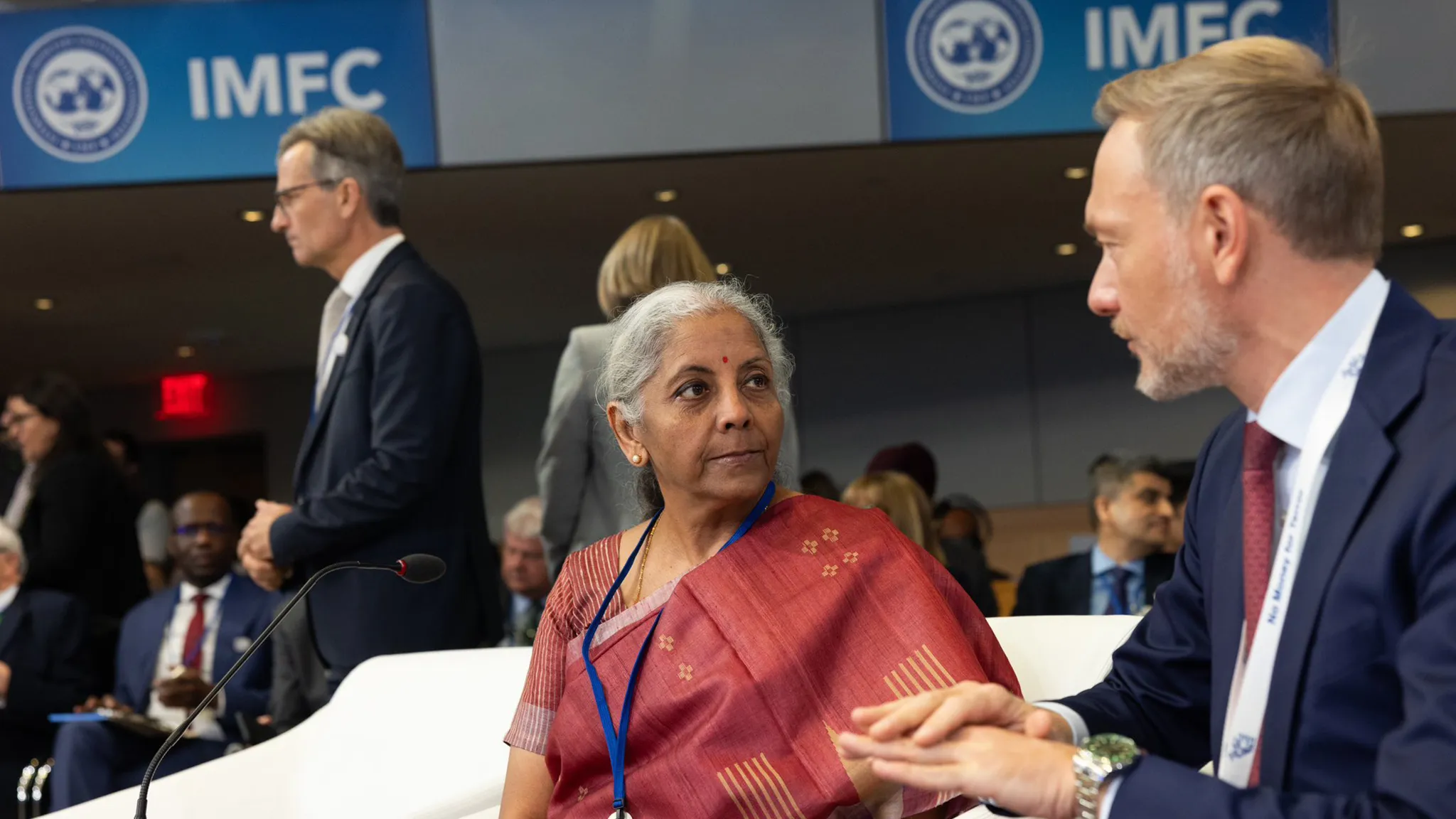Finance Minister Nirmala Sitharaman recently voiced her frustration regarding the sluggish pace of foreign direct investment (FDI) into India. This comes at a time when the Indian economy is widely perceived as dynamic and robust, ticking all the boxes for international investors. Sitharaman questioned what exactly is holding investors back, despite India’s compelling narrative of economic strength and ongoing reforms. Her remarks arrive against the backdrop of recent news highlighting concerns about urban consumption and rich market valuations, as noted in the latest Moneycontrol Pro weekly analysis.
Perception Versus Reality of Investment
While the Finance Minister acknowledged that FDI is indeed flowing into India, she believes the quantum isn’t commensurate with the opportunities on offer. World Bank data indicates a decline in FDI as a percentage of GDP, falling to 0.8 percent in 2023 from a peak of 2.4 percent in 2020. This dip prompts the question: is it a matter of perception or are there tangible roadblocks deterring greater investment? The Minister highlighted India’s advantages – a large English-speaking population, a demographic dividend, and a skilled workforce. These factors, coupled with the ‘China Plus One’ strategy, should ideally position India as a prime investment destination. However, the FDI figures suggest a disconnect between this potential and actual capital inflow.
Are Valuations and Global Headwinds Key?
One potential factor could be the valuation of Indian markets. As the Moneycontrol Pro analysis points out, markets are ‘priced to perfection’, and rich valuations might make investors wary, especially in mid and small-cap segments where retail participation has increased. Global economic uncertainties, geopolitical tensions, and the large IPO pipeline absorbing capital also contribute to a cautious investment climate. The IMF’s Financial Stability Report suggests markets might be underestimating these global risks. Therefore, while India’s long-term growth story remains intact, short-term market exuberance and global volatility could be influencing FDI decisions.
India’s Enduring Appeal
Despite these concerns, the fundamental appeal of the Indian economy is undeniable. IMF projections forecast India becoming the fourth largest economy by 2026-27 and the third largest by 2028-29. This long-term trajectory, combined with ongoing economic reforms and liberalisation efforts, should continue to attract foreign capital. India needs to effectively communicate its strengths and address investor concerns, be it perceived high valuations or global uncertainties. Perhaps a more proactive approach in engaging with global investors and showcasing concrete opportunities beyond macro narratives is the need of the hour.
Is the FDI tap running slow, or is it just adjusting to the global rhythm? While short-term fluctuations are inevitable, India’s long-term economic magnetism should eventually pull in the desired levels of foreign investment, provided the country continues to build on its strengths and actively engages with the global investor community.
Image Courtesy: X (Ministry of Finance)










Leave a Reply